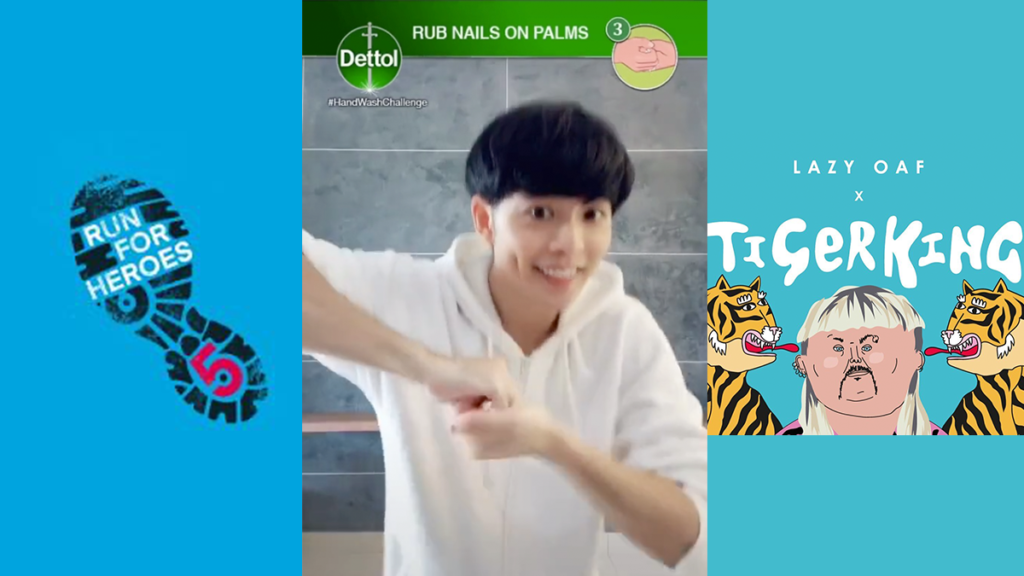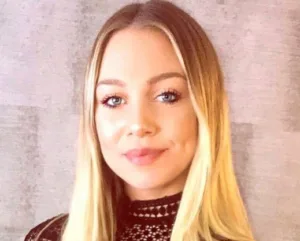By Emily Williams, Strategist at social media agency, Born Social
Memes grow out of shared experiences, and COVID-19 has given us just that – an almost global shared experience, the likes of which we’ve never seen before.
Memes multiply, replicating and adapting fast. The most successful ones have the ability to morph into something new and keep on spreading. Just as the real-world impacts of COVID-19 have evolved and quarantining has become the new normal, the #QuaranMemes have followed suit.
Here’s a look at how they’re evolving, and what we can learn, from the more lighthearted side of life online right now.
A worldwide in-joke
As more people have been affected, memes have grown from educating on hand washing to being more deliberately absurd and comedic. The reality of working from home, one-jog-a-day, and no toilet paper has set in, and the in-jokes have started.
But the balance is fine; between wholesomeness and self-deprecation, humour and genuine human concern for those more vulnerable.
But because everyone is in the same situation, everyone gets it – even people who aren’t ‘internet people’ – grandparents, parents, and children are all going through the same thing, with shared humour bridging the generations.
That’s rich fuel for memes, with the fire stoked even more by the sheer amount of time people are now spending online.
More time online
The internet is filling the social-distancing void with people spending more time online than ever. And rather than mindless scrolling, the internet is becoming more social.
Meme challenges which encourage active contributions are spreading fast, from the standard throwbacks to the more topical – Run 5 Donate 5 Nominate 5 has already raised nearly £2 million, playing cleverly to the enthusiasm of new runners and our renewed appreciation of the NHS. And, who doesn’t like a good altruistic ‘humblebrag’ on Insta?
Memes are helping people pass the time, whether through consumption or participation – from the inevitable TikTok dances, #stayathome and new iced coffee recipes, to a clever branded hand washing challenge from Dettol.
Brands in quarantine
But if you’re not a disinfectant brand, where do you sit in all of this? With the very real impacts of COVID-19 it’s an interesting dilemma; do you tap into this new shared experience if your brand is not directly involved?
Early-doors, it was time for caution; some brand behaviours, such as the ubiquitous ‘how we’re dealing with COVID-19’ emails, became meme-able in their own right.
But now we’re into the fourth week of lockdown and time has lost all meaning, how have things changed? We don’t need to be told by any more brands that we’re in this together during these unprecedented times.
We’re now looking at a second wave of memes. The Tiger King has been a super-spreader. It’s part of the shared quarantine experience, but it is one step removed from the real effects of COVID-19.
It’s detached from the real-world (I mean, just watch it) so brands can actually engage – for example, April Fools passed by this year with nary a mention, but Lazy Oaf’s very on-brand teaser (a Tiger King collab which was actually just a page of memes) hit the mark.
But more generally, memes can add humour and relatability to brands in the midst of quarantine. Runner’s World has pivoted its content to be quarantine-specific – balancing memes with actually-useful running tips as more people lace up their trainers on a daily basis.
Barkbox is proving that even during lockdown some normal internet rules apply and dogs are always acceptable – especially for their followers, now locked up with canines who can’t believe their luck.
Treading the line comes down to knowing your audience. It’s all about relating your brand to the real experience of quarantine and your followers’ new behaviours – whether that’s making memes with their dog or using their outdoors-time to finally run that 5K.
What now?
As lockdown continues, we’ve all got one eye on the finish line – which may well be months away. How will memes continue to evolve? And what does this mean for brands?
In the short term, how can memes become a driver of community participation? Brands can engage on this level, as social media has returned to truly being social. Audiences welcome lighthearted distraction right now. Challenges, nominations and evolving meme formats can be twisted and adapted to brands – so long as the audience sits at the heart.
Longer term, COVID-memes are likely to peak and drop away. But what we can learn is how, when audience behaviour changes so absolutely and abruptly, it is possible for brands to adapt to new circumstances to stay relevant and connected with their fans in new ways – without reverting to silence.
With COVID-19 as one giant, shared experience, it highlights the true nature of memes – they’re a cultural imprint, a shared understanding that everyone gets. If brands can tap into this, memes are a powerful way to connect with audiences not just during a global crisis, but in happier times too.









